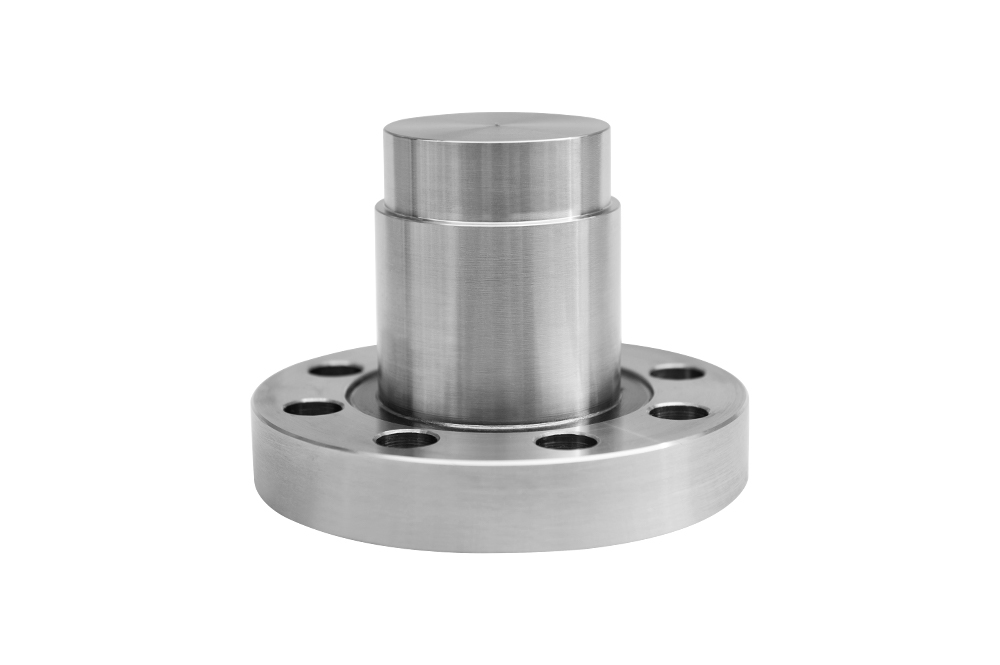Ball valves are essential components in many industrial and commercial systems, controlling fluid flow in pipelines across a wide range of applications. The quality and performance of ball valves depend heavily on the precision engineering involved in their production. This article explores how precision engineering impacts the manufacturing of ball valve components, with a focus on materials such as MDPE and aluminium, which are increasingly used to meet specific functional demands.

Understanding Ball Valve Components
A ball valve typically consists of several key components: the valve body, ball, stem, seats, and seals. Each part must be manufactured with a high degree of accuracy to ensure smooth operation, tight sealing, and long-term reliability. Even slight deviations in dimensions or surface finishes can cause leaks, increased wear, or operational failures.
In recent years, precision engineering techniques have become central to producing these components. Advanced machining, quality control processes, and material selection contribute to the creation of components that meet stringent industrial standards.
Precision Engineering Techniques in Manufacturing
Precision engineering in ball valve component production involves a variety of manufacturing processes. CNC machining allows for highly accurate shaping of valve bodies, balls, and stems. This method achieves tight tolerances and smooth finishes necessary to reduce friction and prevent leakage.
Furthermore, precision engineering encompasses dimensional inspections at multiple stages of production. Techniques such as coordinate measuring machines (CMM) and laser scanning verify the components’ adherence to design specifications. These inspections help identify defects early, reducing waste and ensuring that the final product performs as intended.
Surface treatment processes also benefit from precision methods. Polishing the ball surface, for instance, improves its ability to rotate smoothly within the valve body, enhancing the valve’s control capabilities. Similarly, precision coating or plating can improve corrosion resistance and extend service life.
The Use of MDPE Ball Valve Components
MDPE, or medium-density polyethylene, is a thermoplastic polymer increasingly applied in ball valve manufacturing, especially for pipelines carrying water, chemicals, and gases. MDPE ball valves are valued for their corrosion resistance, flexibility, and lightweight properties.
Precision engineering plays a vital role when working with MDPE material. Unlike metals, MDPE requires careful control during molding or machining to avoid dimensional inconsistencies caused by thermal expansion or shrinkage. Maintaining tight tolerances ensures that the ball valve components made from MDPE fit properly and create effective seals.
Moreover, the ability of MDPE to resist chemical attack makes it suitable for certain industrial applications where metallic valves might degrade. However, the production process must be carefully managed to maintain mechanical strength and durability. Precision cutting, heat treatment, and finishing are necessary steps to achieve a reliable MDPE ball valve component.
Aluminium Ball Valve Components and Their Production
Aluminium is another material commonly used for ball valve components, particularly where weight reduction and corrosion resistance are priorities. Aluminium ball valves are found in applications such as HVAC systems, low-pressure pipelines, and certain marine environments.
Producing aluminium ball valve components requires specific precision engineering techniques. Aluminium’s machinability allows for detailed shaping, but it also demands careful temperature management during cutting to prevent warping or distortion. Precision machining tools with optimized feed rates and cooling systems help maintain dimensional accuracy.
Additionally, aluminium’s surface characteristics make it prone to oxidation. Precision surface finishing processes, including anodizing, help enhance corrosion resistance while preserving the valve’s operational smoothness.
The choice of aluminium also impacts sealing technology within the valve. Because aluminium expands and contracts differently than steel or other metals, precision engineering ensures that seats and seals are designed and fitted to accommodate these material behaviors, preventing leaks and performance degradation.
Benefits of Precision Engineering in Ball Valve Production
The influence of precision engineering on ball valve component production extends beyond manufacturing accuracy. It contributes to product consistency, operational safety, and system efficiency. Valves produced with precise engineering standards require less maintenance and have a longer service life, which reduces operational downtime.
In the case of MDPE and aluminium ball valves, precision engineering ensures that the material advantages are fully realized without compromising performance. For example, MDPE’s flexibility and corrosion resistance are only beneficial if the components are manufactured to exact specifications. Likewise, aluminium’s lightweight and corrosion-resistant properties depend on precise machining and finishing to maintain integrity under pressure.
Precision engineering is a critical factor in the production of ball valve components, influencing material selection, manufacturing processes, and quality control. The integration of advanced machining and inspection technologies allows manufacturers to produce components from materials such as MDPE and aluminium that meet demanding industrial requirements.
By focusing on precision at every stage, ball valve producers can deliver products that provide reliable flow control solutions across diverse applications. The ongoing development and application of precision engineering practices will continue to shape the future of ball valve manufacturing, meeting evolving market and technical needs with consistent quality and performance.